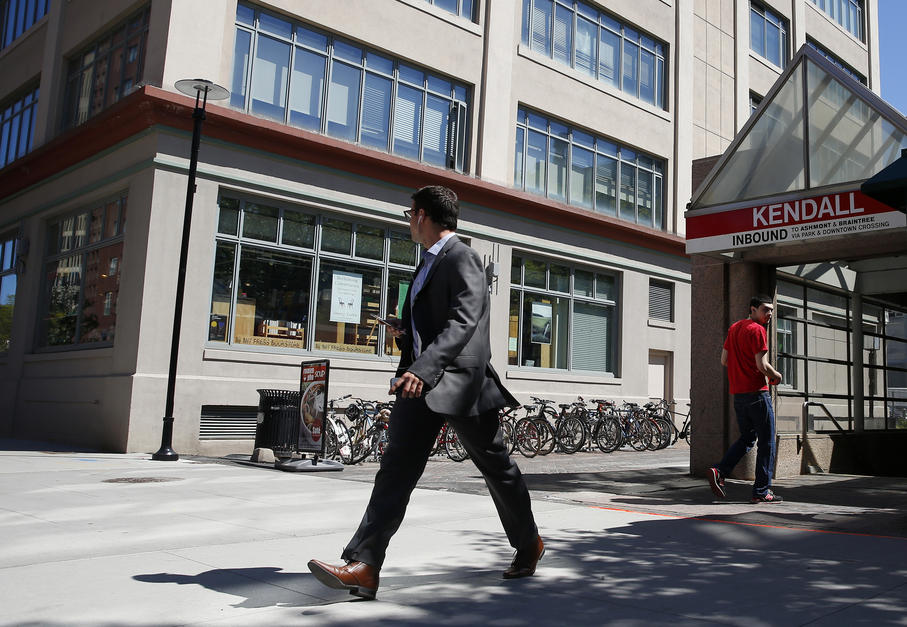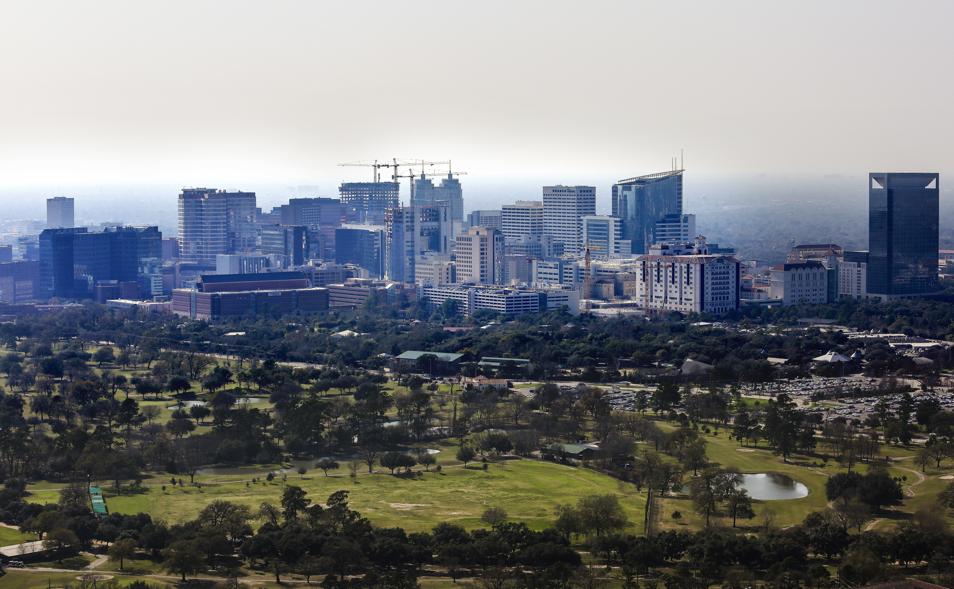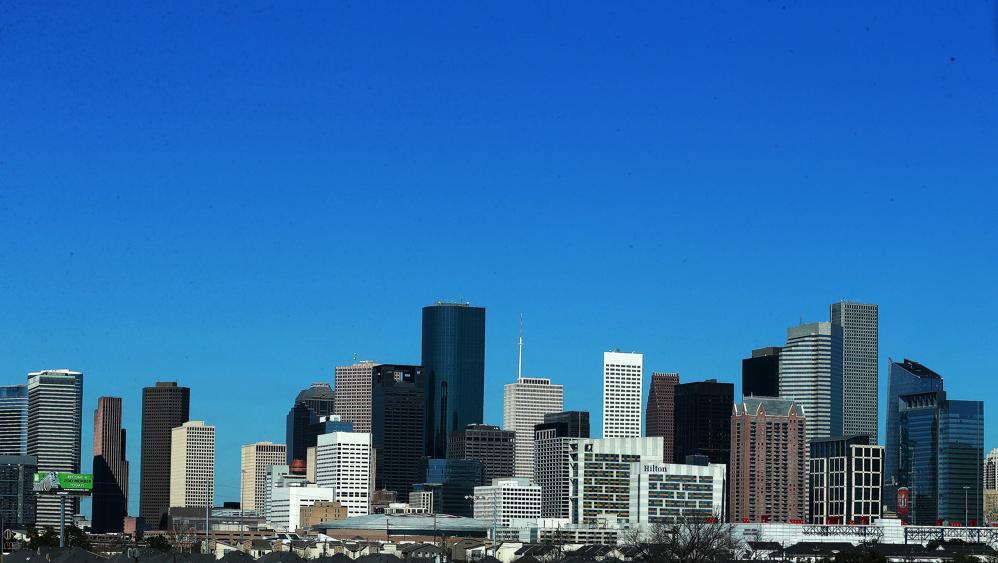


HOUSTON — It was a banner achievement for the MD Anderson Cancer Center. Top biotech investors had licensed some of its research to launch a high-profile cancer diagnostic and therapeutics company, backed by more than $80 million.
As Codiak BioSciences was being formed in 2015, though, Ferran Prat, MD Anderson’s senior vice president for research administration and industry relations, raised the notion of keeping the company local and planting its headquarters in Houston, he said. The investors informed him that, no, Codiak would make its home in the Boston area.
“It was a very short conversation,’’ Prat said. “I was told it wasn’t going to happen.’’
Among all the cities thirsting to emulate places like Boston and the Bay Area to become the next big biotech hub, Houston seems ripe. The Texas Medical Center — home to MD Anderson, Baylor College of Medicine, and a fleet of other institutions — is by some measures the largest medical complex in the world. The cheap rents for office and lab space would make biotech bean counters in Cambridge, Boston, and San Francisco salivate. The city has thrown its weight behind supporting startups, outlining plans for a new innovation district. The medical center launched a venture fund in November, and perhaps no other state stakes its reputation on being business-friendly as much as Texas.
So why hasn’t it happened?
First off, analysts say, it takes time. And while the city has a wealth of disease research expertise, it lacks the corresponding drug development know-how and culture to build a biotech engine.
Local boosters say they are putting into place the pieces that could propel this city, the country’s fourth-largest, into biotech’s upper echelons, a “third coast’’ to rival the drug discovery taking place on the East and West coasts.
“There are clear signs that we are turning the corner,’’ said Edward Egan, director of the McNair Center for Entrepreneurship and Innovation at Rice University.
Still, Houston is starting from way back. As Egan co-wrote in 2016 about venture capital investment in Texas, “What Houston and the TMC have taken 10 years to accomplish, a thriving entrepreneurship ecosystem can accomplish every couple of months.’’
In the fourth quarter of 2017, there was $1.6 billion invested in health care in New England, more than $1 billion in Silicon Valley, and $107 million in San Diego, according to a PwC report that looked at drug development, diagnostics, and medical devices.
The figure for all of Texas: $14 million.
Once hubs reach a certain size, their achievements seed further growth — what experts call a virtuous cycle. Budding entrepreneurs gravitate to existing epicenters like scrap metal hurtling toward a junkyard magnet. And when biotech investors, who are predominantly based in these cities, look for an executive to lead a new company, they’re likely to tap a familiar face from just down the road, often from a class of serial entrepreneurs that also live in these places.
Money isn’t the major problem for Houston. Venture capitalists will grab onto an idea wherever it comes from, and there are some local investors focused on the life sciences. Plus, the city has a strong crowd of angel investors, often people with energy-industry money, to get promising ideas off the ground.
The state also has the Cancer Prevention and Research Institute of Texas, which was approved by voters in 2007 to dole out $3 billion in bonds not only to researchers but to companies working in cancer.
The lack of experienced executives is the larger problem, said Prat of MD Anderson. What he sees changing that is one local company taking off and growing big, getting bought by a larger biopharma company, and then spinning out its roster of now-veteran leaders looking for their next opportunity.
Codiak’s CEO, for example, had most recently been at Cambridge-based Biogen Inc.
(It should be noted that the scientific cofounder of Codiak, along with MD Anderson’s Dr. Raghu Kalluri, is the Broad Institute’s Eric Lander, so there were plenty of ties to Cambridge, where the company is now based.)
“Senior management positions can be difficult to fill [in Houston], as seasoned executives usually worry about what will their next job be, if in fact the company is either wildly successful or if it struggles,’’ Steven Gillis, managing director of ARCH Venture Partners, wrote in an e-mail.
Gillis, in collaboration with MD Anderson, helped found a company in Houston in 2015 and is himself based in Seattle. He added: “This issue plagues a number of geographies, even Seattle, given the tremendous concentration of biotechnology and pharma that has occurred in Boston/Cambridge over the last 10 years.’’
Then there’s the culture. Whereas the ethos of an MIT or a Stanford may embrace entrepreneurialism, which, in turn, builds a pressure among faculty to start companies, that isn’t ingrained in Houston.
“Success here is becoming department chair and so on,’’ Prat said. “Relatively few people think of success as starting your own company.’’
So while the medical center hosts a massive number of clinical trials, experts aren’t necessarily keeping up with their peers at other institutions in the number of grants they’re getting for the basic research that fuels startups or patents they’re filing.
“Although the medical center is very, very large, it is a treatment center more than it is a research center,’’ Egan said. “If I were to dream of a big change, it would be a top-down push from the senior management’’ at TMC’s member institutions, he added.
There are signs of progress. New business accelerators and incubators have started.
The medical center has made innovation and clinical research priorities for its member institutions.
And Houston has poached a number of experts from the Bay Area and Boston to help nurture its own ecosystem.
On a recent day at the TMC Innovation Institute, housed in a massive former Nabisco factory, the sound of a Ping-Pong game echoed around the warehouse-like space.
The walls of the accelerator there called TMCx — which was launched in 2015 and specializes in digital health, diagnostics, and medical devices — had the requisite scientific aesthetic of a startup space: images of chemical structures overlaid with phrases such as “DISRUPTIVE INNOVATION’’ and “IMPLEMENT IT.’’
A major sell of TMCx is access to the medical center’s massive number of patients, said the innovation institute’s director, Erik Halvorsen, who previously worked at Tufts University and Boston Children’s Hospital.
One in four TMCx applicants comes from Silicon Valley, he said, in large part because while they can raise money there, they can’t always find enough patients to participate in their studies. The hope is that some companies will establish a footprint in Houston once they graduate.
“They’ll choose to stay and keep an office here if they can get traction at the medical center and if they can raise money,’’ Halvorsen said.
AT&T also has a space at the institute focused on health technology, and Johnson & Johnson opened an outpost of its JLABS program here two years ago, where about 45 budding companies are at work, with space for a few more.
“We’ve been here for a while now, so we’ve established connections across the board,’’ including with doctors and regulatory and reimbursement experts, said Jessica Traver, CEO of IntuiTap Medical, which is working on an imaging tool to improve spinal punctures. She said the company was able to run a cadaver study in one day with a fleet of physicians from different hospitals; in other places, it might have taken several days to do all that.
Earlier this month, MD Anderson announced the launch of another company, called Optera Therapeutics, in collaboration with the cell manufacturer Berkeley Lights. They are now looking for investors.
And where will it be located?
“I hope it stays in Houston,’’ Prat said. “But it depends on the lead investor.’’
Investment
in health care
in the fourth quarter of 2017:
$1.6b
NEW ENGLAND
$1b
SILICON VALLEY
$107m
SAN DIEGO
$14m
ALL OF TEXAS
Andrew Joseph can be reached at andrew.joseph@statnews.com. Follow him on Twitter @DrewQJoseph. Follow Stat on Twitter @statnews.



